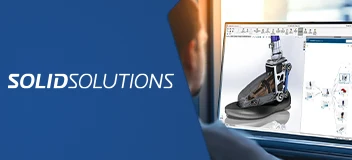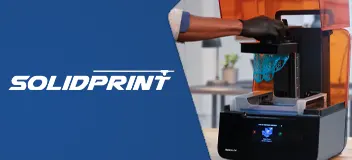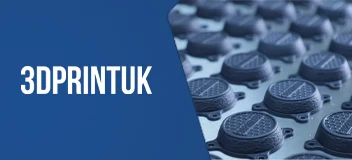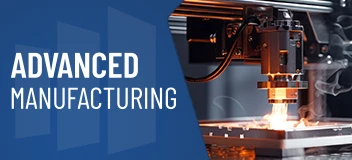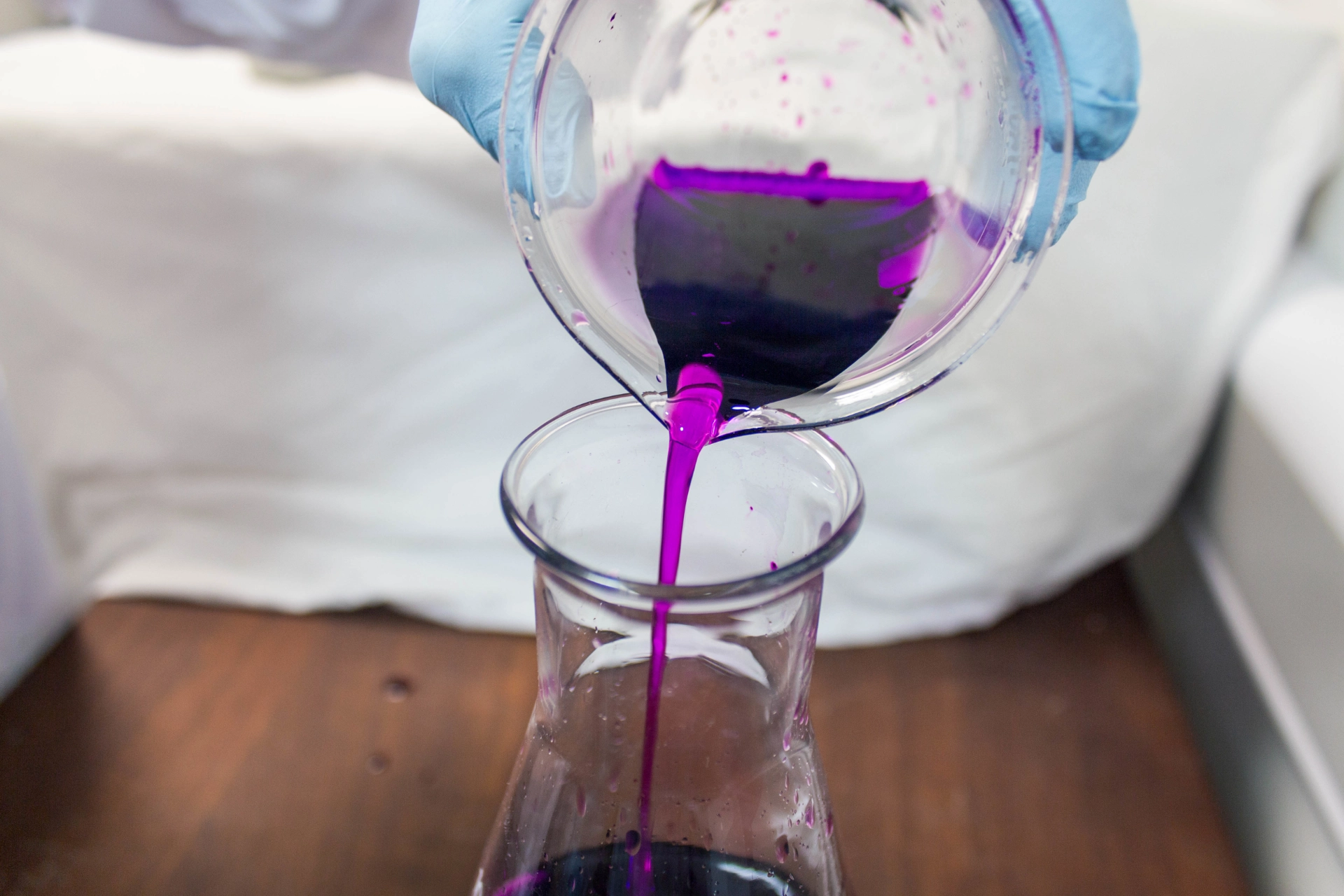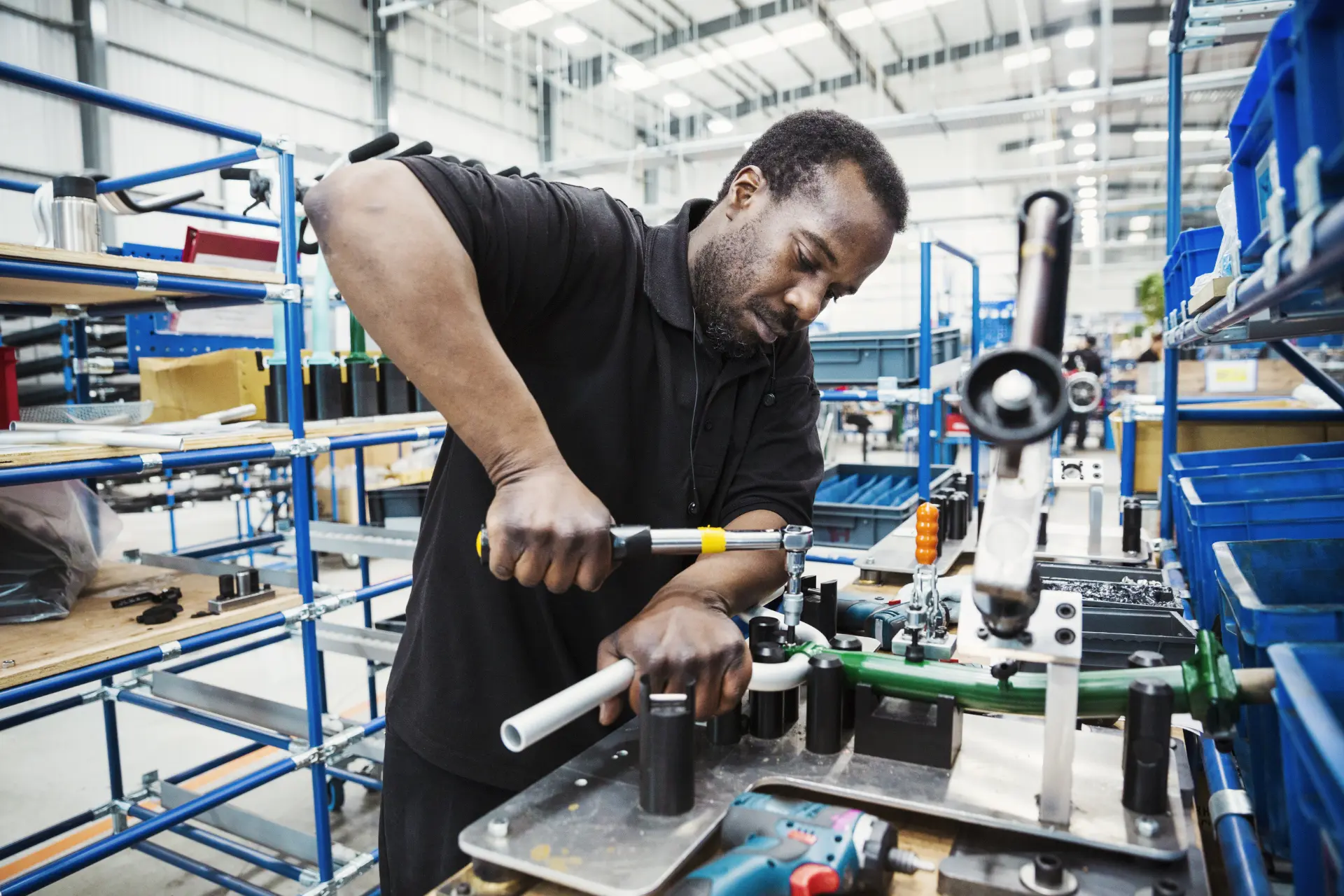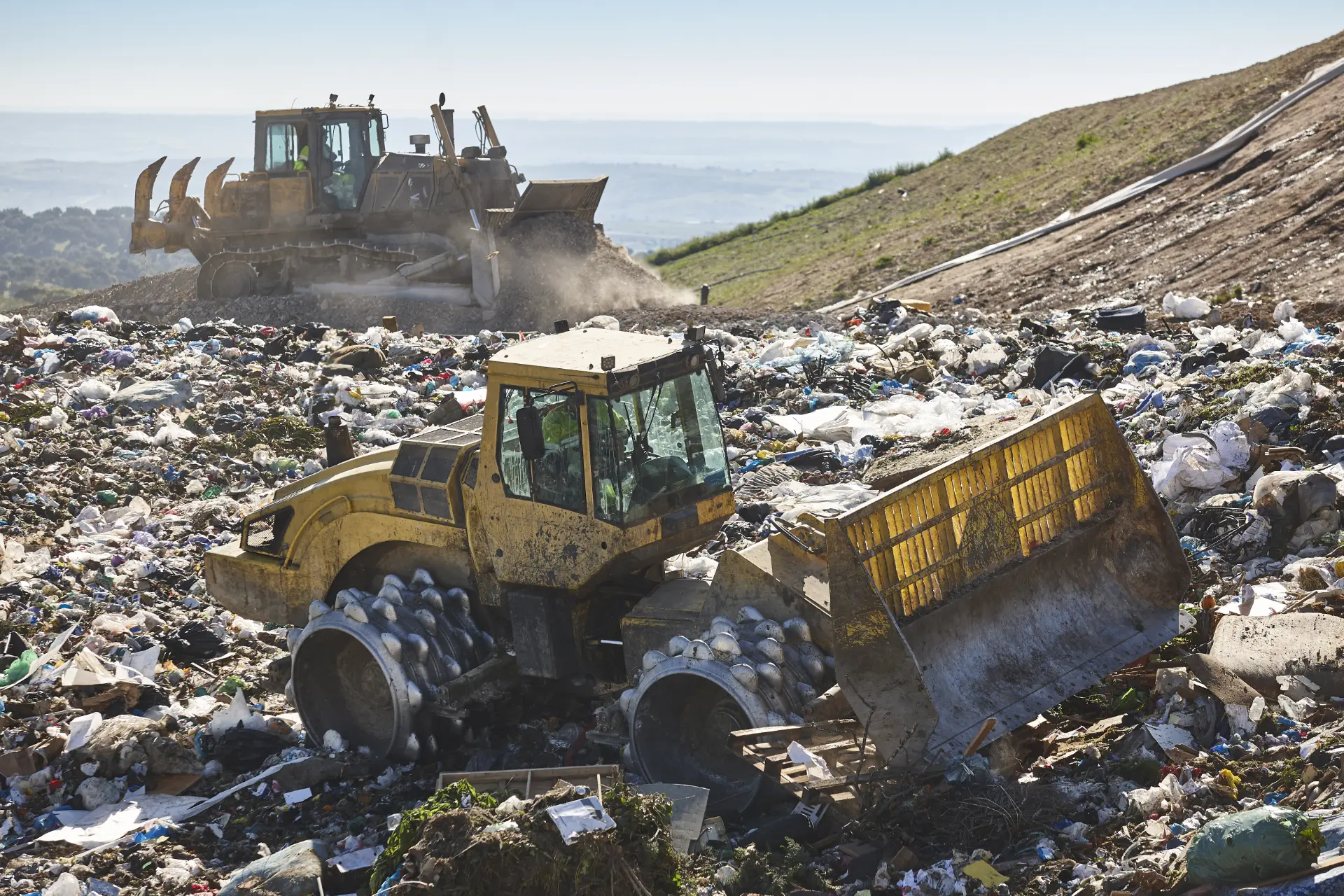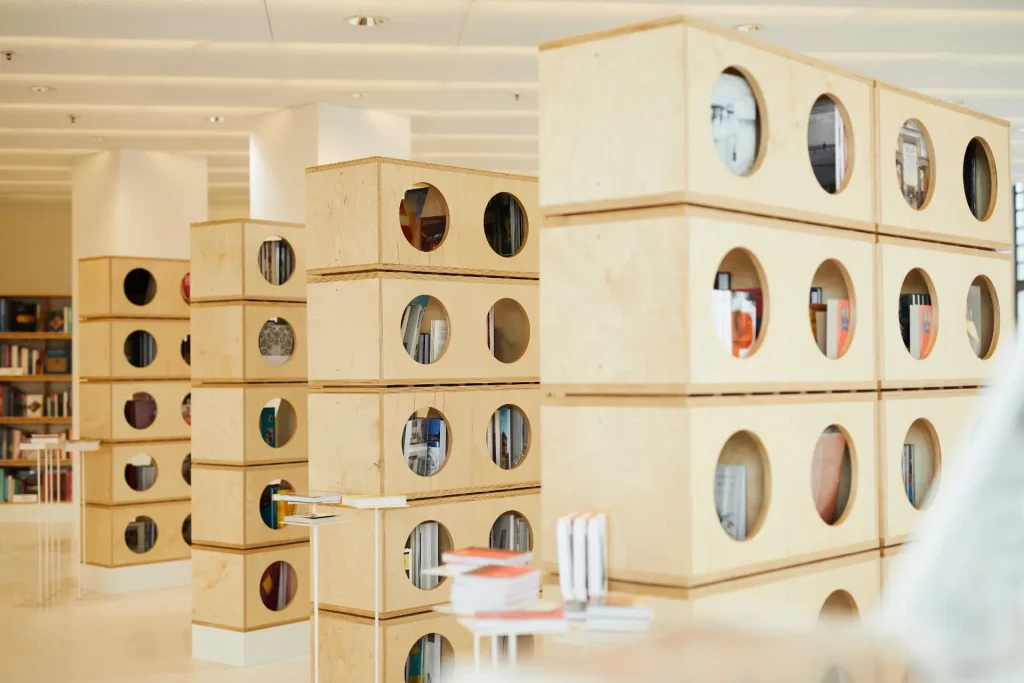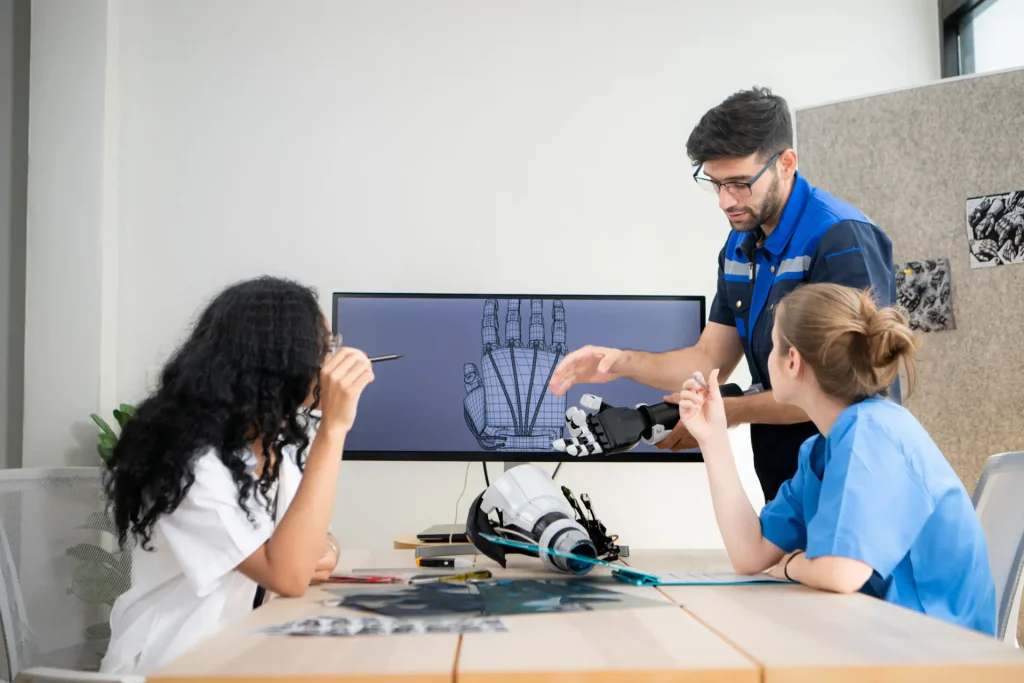How to Invent a Sustainable Product
Climate change continues to be a pressing issue for our world today and sustainable products are quickly becoming a consumer expectation. To help, our Toronto invention design firm compiled a list of what to consider when building a sustainable product.
A 2019 Retail and Sustainability Survey found that more buyers are considering sustainability when making a purchase. Consumers are willing to pay up to 25 percent more for sustainable products. Many brands around the world are incorporating sustainability to give their product a competitive edge in the market. For inventors, the design stage is a perfect opportunity to find unique and creative ways to get sustainable products out into the economy.
The good news is that product design firms can play an integral role in protecting our planet – and people’s health – through sustainable design choices. A product’s functional and market needs can be met, while dramatically reducing negative impacts on people and the planet. Here are a few things to consider.
Think Green at Every Stage of Your Product’s Lifecycle
Our Toronto invention design firm recommends that when choosing materials to use for your design, look for earth-friendly materials. Do they come from mills with water and energy conservation processes in place? Are they coloured with natural dyes? Are the materials organically farmed? What is the carbon footprint of their production, cultivation, and transport? Step back and reflect on your product lifecycle to identify any areas where there could be negative impacts. Focus on improving those in the design and development process.
From Design to Manufacturing, Research the Players Involved
If you’re hiring a professional design and development firm to create your product, do some research before selecting the firm. This also applies to the manufacturing stage of the product. You may need to work with multiple manufacturers for various parts of the prototype. Does the factory incorporate alternative sources of energy such as solar or wind into the manufacturing process? Is waste managed responsibly? Does it take steps to offset the CO2 produced during manufacturing? These are important questions to ask at this stage.
Consider Producing Domestically
Choosing to produce domestically can cut down transportation costs to both your wallet and the environment. Importing finished products from overseas significantly increases the emission of harmful greenhouse gases. The closer products are produced to home, the lesser the impact. When wise transportation routes are sought out, this impact can be considerably lessened.
Aim to Keep Your Product Out of Landfills
Cradle to cradle is a design approach popularized by William McDonough and Dr. Michael Braungart in the 90s. This set of principles invites you to reconsider your product’s lifespan. Instead of ending up in a landfill, consider designing the product in a way where parts can be removed, refurbished, or reused. Design for disassembly further supports the cradle to cradle process. A product can incorporate parts that are easy to take apart and reused for other purposes.
The process of building a sustainable product might seem complex, but consumer’s buying attitudes and motivations are shifting. More and more brands are incorporating sustainable design in all stages of their product’s development. At our Toronto invention design firm, we are committed to pushing the boundaries of design to ensure sustainability throughout the product’s design and development process.
If you have a great new invention and you’d like to learn more about this process, get in touch with MAKO here and visit our website to find out more. Feel free to give us a call at 1-888-MAKO and we can set you up on a call with our product analyst!
Have a Product Idea?
Discover our product development services tailored to startups, small manufacturers, and inventors.
Design Newsletter
Get the latest news curated for designers, makers and inventors.
More from our Blog
What is the Modular Design Trend?
TriMech explains the popularity of the modular design trend and how it works within the product industry.
Need Toronto Product Development Services? Try TriMech Design
If you’re looking for Toronto Product Development Services to help your small business, try TriMech Design.
7-Step Product Development Process Explained
What are the 7 product development stages and the process? This article will cover each of the product development phases to get you started.
Need help with your Product Idea?
Tell us about your invention or product design idea and get the help you need design, build and bring it to market



